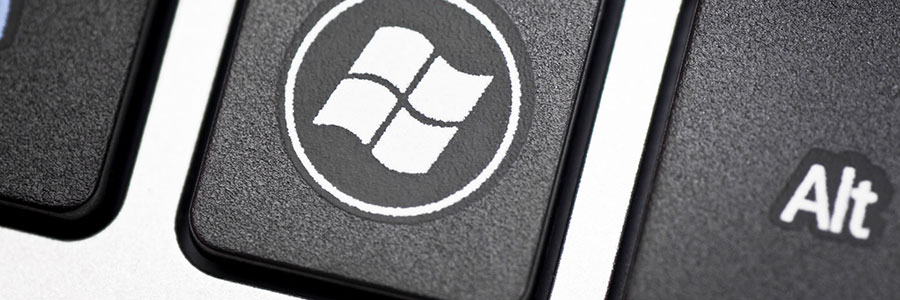Microsoft is improving the accessibility features of Windows 10. The enhancements will be introduced later in the year. Some of these are already available to preview through the Insider Program, but everyone else will have to wait.
Here’s what’s coming:
Better Ease of Access settings
Some users rarely tinker with their computer’s accessibility settings because they’re difficult to locate and adjust. Luckily, in the upcoming Windows 10, this won’t be the case. Microsoft will soon launch Ease of Access settings. It’ll be easier to discover, learn, and use these configurations. The enhancements are categorized into Vision, Hearing, and Interaction (speech and eye control) groups.
Those who want bigger characters can adjust settings under “Make everything bigger.” As the name implies, it lets you enlarge apps and text. You can also “Make everything brighter” by increasing the brightness of your built-in display. “Simplify and personalize Windows” turn on or off animations and transparency. It automatically hides scrollbars in Windows on the Display page. You can also ask Cortana to find a specific setting for quicker access.
Narrator enhancements
Narrator is Windows 10’s screen-reading app that reads text on a PC screen. It also ‘narrates’ to users their notifications, calendar reminders, and other events. In the latest update, Narrator’s audio performance will provide faster, more responsive, and more accurate narration.
Previously, it reads bolded, italicized, or underlined statements by using statements like “start/end bold.” But in the new version, the narrator will change reading pitch, speed, and tone to emphasize certain texts.
Other improvements include a capability to run in Safe Mode. The Microsoft Edge browsing is also enhanced. This means various processes such as when users are opening tabs or loading pages.
Eye Control adjustments
The eye control feature of Windows 10 lets users control the mouse. It also types using an on-screen keyboard. Also, it uses text-to-speech with eye-control technology found in eye-tracking devices.
Soon to be introduced is the capability for users to scroll and click directly from left to right. Users can also quickly access Windows Start, Timeline, and other common tasks. And with the ability to pause eye control, users can hide the launchpad to enjoy undisrupted reading or streaming.
Other upcoming upgrades
Microsoft Learning Tools will soon include more intuitive text suggestions when using a keyboard. There will also be language support for touch keyboards. Microsoft will also continue to work on improving its assistive technology partnerships.
Microsoft listened to users’ feedback and made several improvements in its accessibility features and apps. This way, people with poor vision, hearing loss, limited dexterity, and other disabilities will have a much better experience.
If you need further help with Windows 10 features, don’t hesitate to get in touch with us.

